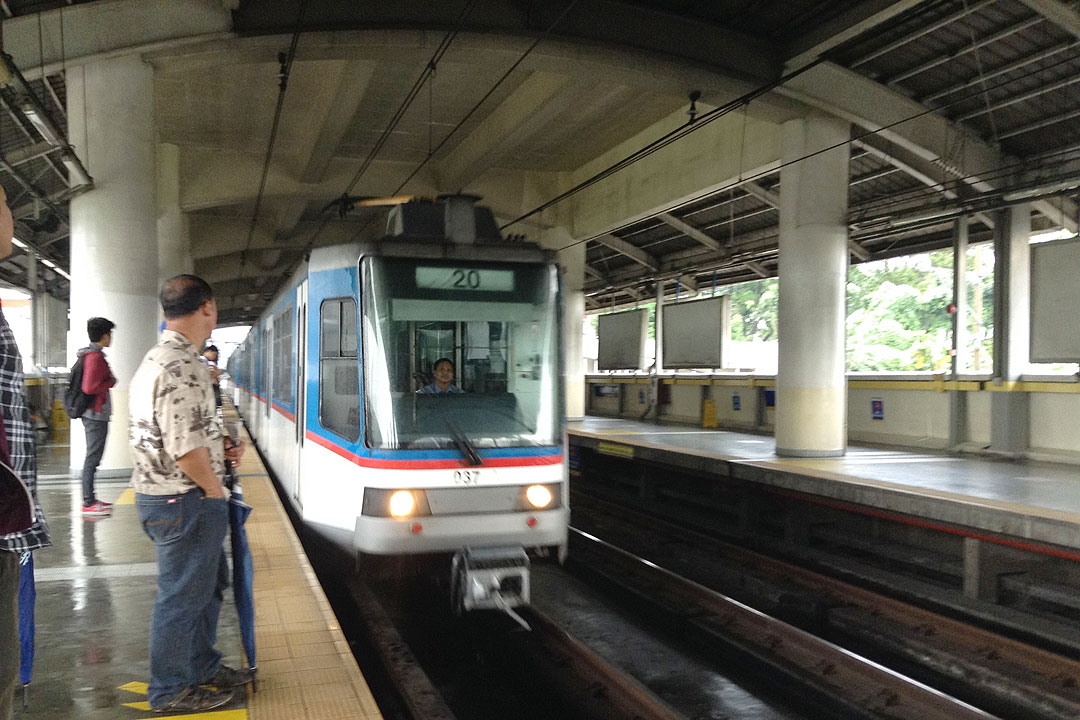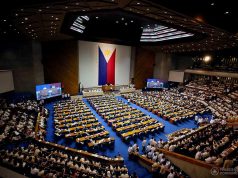DoTr told to show how 2024 projects will benefit consumers

THE PHILIPPINE Transportation department should clarify how its proposed transport projects for 2024 will benefit commuters, according to a House of Representatives think tank.
In a policy brief, the Congressional Policy and Budget Research Department (CPBRD) said railway projects and initiatives for active transport make up a big pie of the agency’s proposed budget for next year.
“However, it remains unclear how all of these will be integrated with each other in order to provide a seamless transport experience for commuters,” it said.
The Department of Transportation (DoTr) is seeking a P214.3-billion budget for next year, 76.5% higher than this year and the fifth-biggest budget among agencies. Transportation officials are set to defend the agency’s proposed budget on Sept. 4.
DoTr’s Rail Transport program accounts for 85% or P163.7 billion of its budget. It is more than three times higher than its appropriations for this year at P48.8 billion.
The think tank also urged DoTr to include security measures in its active transport projects, citing a 2023 Social Weather Station (SWS) poll that showed 50% of Filipinos were concerned over “unsafe streets.”
Under the 2024 National Expenditure Program, P76.3 billion is earmarked for the North-South Commuter Railway project, which will connect New Clark City in Capas, Tarlac to the city of Calamba, Laguna.
The first phase of the Metro Manila Subway project, which will have 15 stations from Valenzuela to Pasay, was allotted P68.4 billion.
The Light Rail Transit (LRT) Line 1 Cavite Extension project will get P4.7 billion, while the Philippine National Railways (PNR) South Long-Haul project was allotted P3.1 billion.
Meanwhile, the rehabilitation of the Metro Rail Transit (MRT) 3 will be given a P2.9-billion budget. MRT-3 subsidy for next year is P6.1 billion.
Meanwhile, the Active Transport Bike Share System and Safe Pathways program in metropolitan areas will get P500 million.
DoTr should clarify how its active transport projects would help cut the country’s carbon footprint, the CPBRD said, citing the government’s 2022-2040 Philippine Energy Plan. — Beatriz Marie D. Cruz



